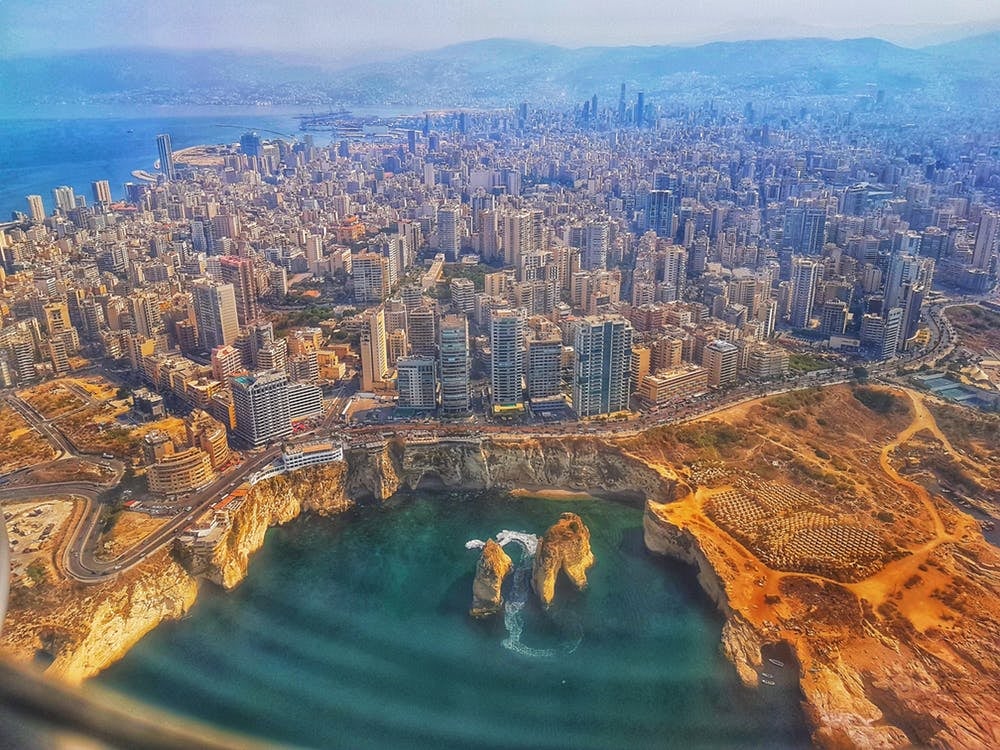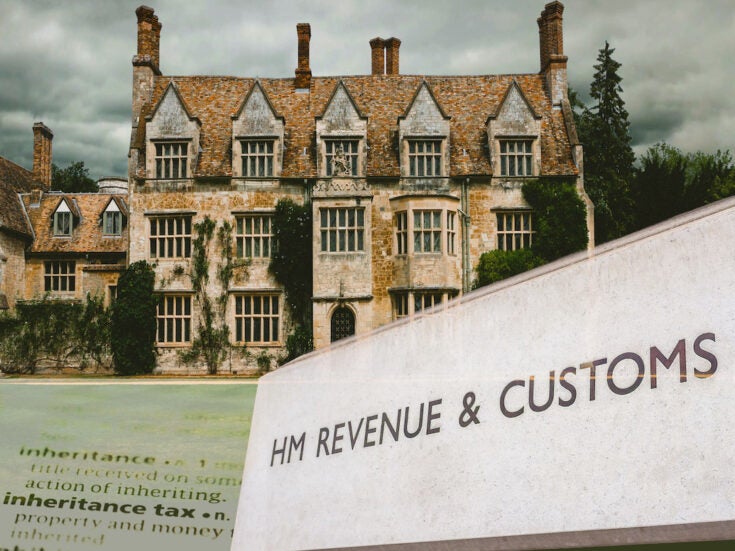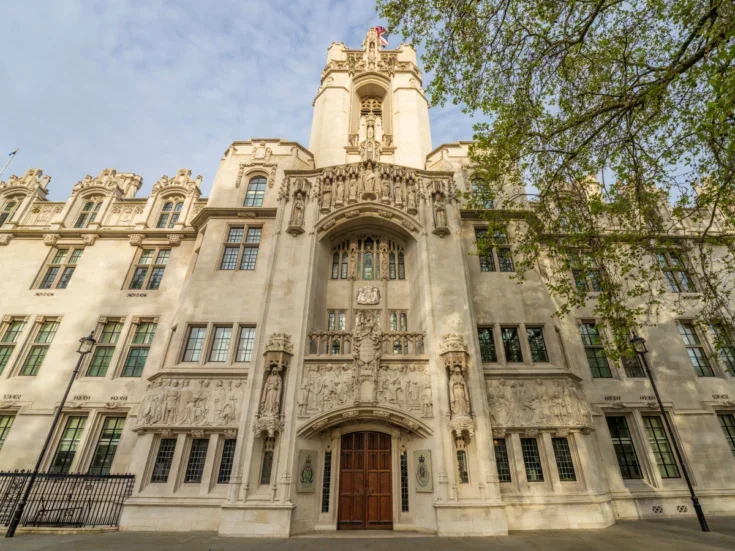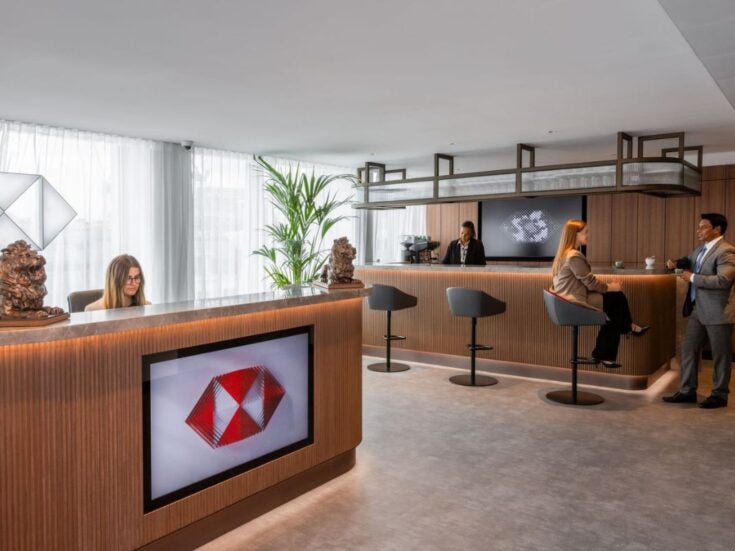
You won’t escape the scars of the war, but there’s more to the Lebanese capital than you’d think, writes Christopher Jackson
Beirut’s recently renovated Phoenicia Hotel commands a good view of the coastline, but this is much diminished from its 1920s heyday. A slide of photographs in the Sursock Museum (the city’s most beautiful building) shows it to have once been dotted with white villas.
Today, the promenade is flanked by unexplained boulders and refuse. But Beirut is a city where beauty is secondary to something else: history. Out of the civil war, which raged from 1975 to 1990 and caused 120,000 fatalities, emerged the quasitransformational figure of Rafic Hariri (1944-2005), who is credited with the agreement which brought an end to the war. Hariri was killed by a car bomb just outside the Phoenicia. Beirut turns out to be an accidental advert for peace.
Behind the Phoenicia is a Holiday Inn which was a scene of battle between Muslims and Christians. The walls are still pocked with gunfire. Across from the Mohammad Al-Amin mosque is another obsolete structure known as the Egg. It was an unfinished cinema at the outbreak of the war, but its owners have expressed a desire to preserve it and integrate it into any future construction projects.
The goal, then, has been to create a memento mori. Beirut is not a dangerous place (if you avoid the suburbs near the airport), but it is to some extent a morbid one. The visitor’s duty is to oust this morbidity in favour of life. This can be done by enjoying the city’s hospitality and excellent food. At Tablet, guest cooks are summoned from villages to present their ideas. At night, wild cabaret scenes unfold – a sort of cross between the Moulin Rouge and Pop Idol – as the citizens dance and sing the night away.
Another way to understand the city is to tunnel deeper into its history. Even here, war keeps intervening. The road from the bay up towards the National Museum once formed the partition between the Christian and Muslim forces. In the museum itself, a Roman-era mosaic depicting the Good Shepherd has a huge wound in its bottom left corner, another inheritance of the civil war.
Next to it, a plaque commemorates the efforts of Emir Maurice Chehab (1904-1994), who saved the museum by building concrete blocks and masonry walls to protect the antiquities within.
We owe Chehab a great debt. Though understated by Western standards, this remains one of the great collections of the world. One limestone bas-relief shows an eagle with a tail in its mouth. The tail looks as if it belongs to the eagle, like a being continually turning in on itself: it would do as a symbol of Lebanon.
Upstairs are the magnificent bronze and faïence figurines discovered at Byblos – one of the oldest cities in humanity – by the French archaeologist Pierre Montet. Dating to the second or third century BC, they tell you that originality and a compelling spiritual energy was percolating this part of the world long before Lebanon had heard of Rome, or Jesus, or Muhammad.
An hour out of Beirut you can see Byblos itself, and the niches in the ruins where these marvellous sculptures once stood. Of course, their creators were only copying the greatest sculptor of all. An hour or so north of Beirut are the great Jaita caves. These are among nature’s great wonders.
Huge mushrooms of rock cede to banks of stones and stalactites: it’s the original cathedral. Beirut leads you into depth – into receding perspectives.
Though one can understand why the city wishes to retain markers of a time which it mustn’t repeat, one finds elsewhere an opposite impulse: to build, to be makers, and to keep moving.
Read more








